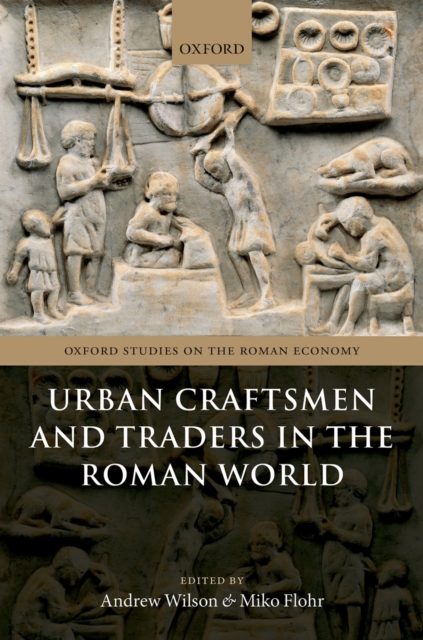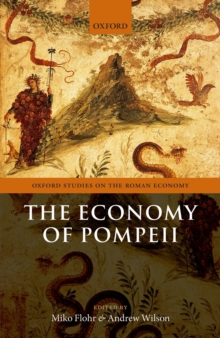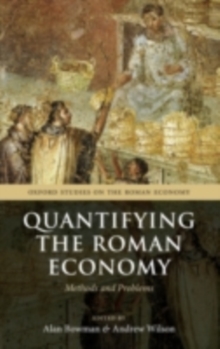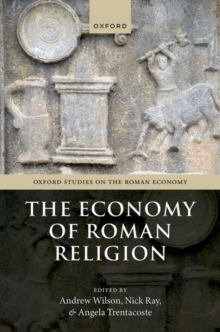
Urban Craftsmen and Traders in the Roman World PDF
Edited by Andrew Wilson, Miko Flohr
Part of the Oxford Studies on the Roman Economy series
Description
This volume, featuring sixteen contributions from leading Roman historians and archaeologists, sheds new light on approaches to the economic history of urban craftsmen and traders in the Roman world, with a particular emphasis on the imperial period.
Combining a wide range of research traditions from all over Europe and utilizing evidence from Italy, the western provinces, and the Greek-speaking east, this edited collection is divided into four sections.
It firstconsiders the scholarly history of Roman crafts and trade in the nineteenth and twentieth centuries, focusing on Germany and the Anglo-Saxon world, and on Italy and France.
Chapters discuss how scholarly thinking about Roman craftsmen and traders was influenced by historical and intellectualdevelopments in the modern world, and how different (national) research traditions followed different trajectories throughout the nineteenth and twentieth centuries.
The second section highlights the economic strategies of craftsmen and traders, examining strategies of long-distance traders and the phenomenon of specialization, and presenting case studies of leather-working and bread-baking.
In the third section, the human factor in urban crafts and trade-including the role of apprenticeship,gender, freedmen, and professional associations-is analysed, and the volume ends by exploring the position of crafts in urban space, considering the evidence for artisanal clustering in the archaeological and papyrological record, and providing case studies of the development of commercial landscapesat Aquincum on the Danube and at Sagalassos in Pisidia.
Information
-
Download - Immediately Available
- Format:PDF
- Pages:408 pages
- Publisher:OUP Oxford
- Publication Date:12/02/2016
- Category:
- ISBN:9780191065361
Information
-
Download - Immediately Available
- Format:PDF
- Pages:408 pages
- Publisher:OUP Oxford
- Publication Date:12/02/2016
- Category:
- ISBN:9780191065361










